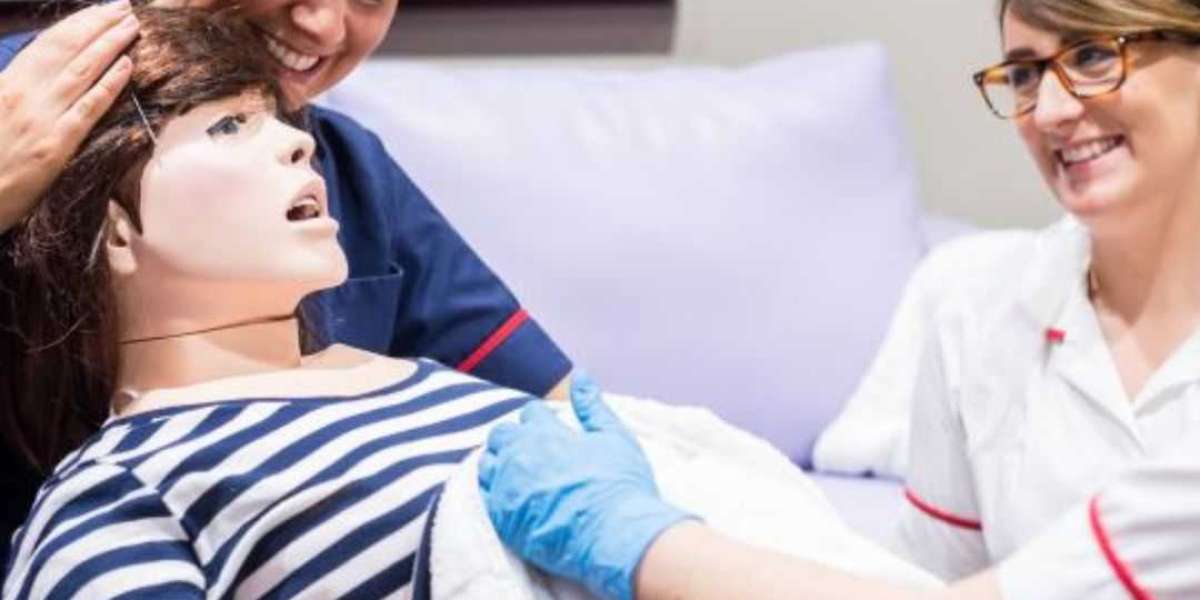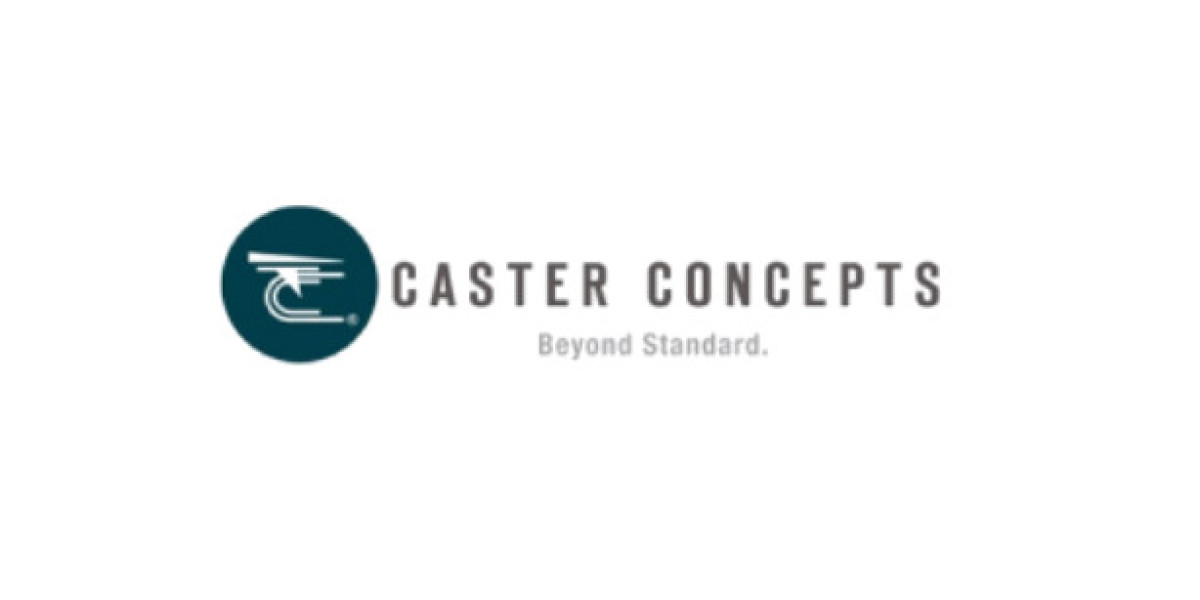This technology provides a bridge between theoretical knowledge and practical application, offering a safe space for students to learn and make mistakes without jeopardising patient safety. Let's explore the ways in which virtual reality in medical education improves the learning experience and engagement of students.
Realistic simulations:
VR recreates lifelike medical scenarios, enabling students to interact with virtual patients, medical equipment, and environments, fostering a sense of presence and enhancing the realism of the learning experience.
Personalised learning paths:
Virtual reality allows for individualised learning experience, enabling students to progress at their own pace, revisit challenging topics, and receive personalised feedback, catering to different learning styles and needs.
Active learning and interactivity:
VR medical training promotes active learning through interactive modules, quizzes, and gamified elements, keeping students engaged and motivated while facilitating knowledge acquisition and retention.
Enhanced visualisation:
Virtual reality provides immersive 3D visualisations, allowing students to explore complex anatomical structures, diseases, and medical procedures, enhancing their spatial understanding and visual comprehension.
Emotional engagement and empathy:
VR can evoke emotional responses and foster empathy by simulating patient interactions, medical emergencies, and challenging situations, helping students develop a deeper understanding of the patient experience.
Risk free learning environment:
Virtual reality medical training offers a risk free environment for students to practise and make mistakes, fostering confidence, reducing anxiety, and preparing them for real world clinical settings.
Continuous learning and updates:
Virtual reality allows for continuous learning and updates, enabling medical schools to adopt and incorporate the latest advancements, research findings, and best practices into the virtual curriculum, ensuring students receive up to date education.
Bridging the gap between theory and practice:
VR bridges the gap between theoretical knowledge and practical application by providing opportunities for students to apply learned concepts in realistic scenarios, reinforcing understanding and clinical decision making skills.








